12th September 2015
With Pete Bolt and Phil Thomas
Down the main streamway to Riflemans Choke. Fairly steady trip down the fine streamway to the choke, a quick snack before the rather aqueous crawl at stream level to the dig started by Pete, Rich Blake and myself a number of years ago. It’s still an awkward scrambe from the stream up a muddy climb to gain access via a squeeze to a narrow passage between the choke and wall. We had a look around, shifted a few rocks and mud, formulated a [sort of] plan of action – return with more persuasive kit! Then decided to make our way out of the cave. An enjoyable 4.75 hours of caving.
Lamb & Fox for some refreshments and managed to catch up with Brian and Carol, our old hosts from years past.




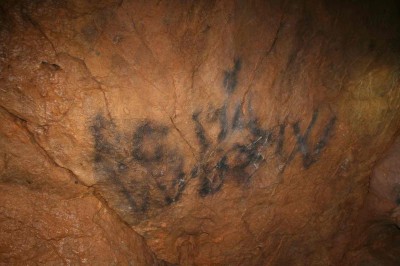
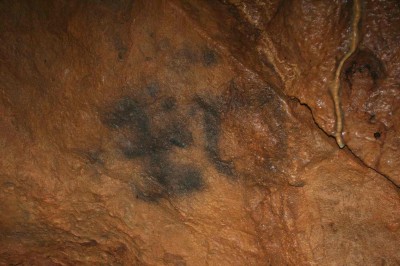
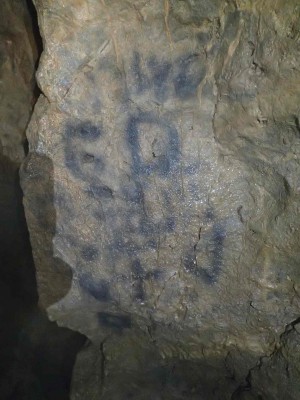
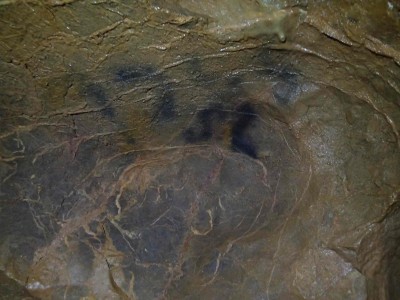



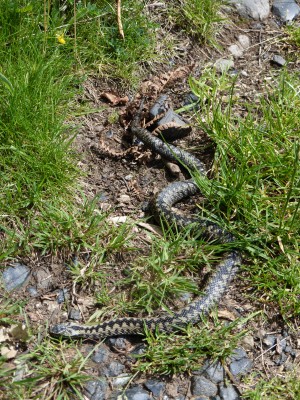
 Fiddington is a village about 9 miles west of Bridgwater off the Minehead road. At the church in the village is found a Sheila-na-gig. The only other site in Somerset where these carvings are recorded is at Wells Cathedral, where there are two on roof bosses in the west cloister. They are more commonly found in Ireland and it has been suggested there are links to Celtic Christian influences. The Sheila-na-gig is located at the south-east corner of the nave wall about 2.8 metres above ground level. It is carved into a sandstone block and is thought to be 11th-12th C.
Fiddington is a village about 9 miles west of Bridgwater off the Minehead road. At the church in the village is found a Sheila-na-gig. The only other site in Somerset where these carvings are recorded is at Wells Cathedral, where there are two on roof bosses in the west cloister. They are more commonly found in Ireland and it has been suggested there are links to Celtic Christian influences. The Sheila-na-gig is located at the south-east corner of the nave wall about 2.8 metres above ground level. It is carved into a sandstone block and is thought to be 11th-12th C.  The description below is from the entry listed at
The description below is from the entry listed at 